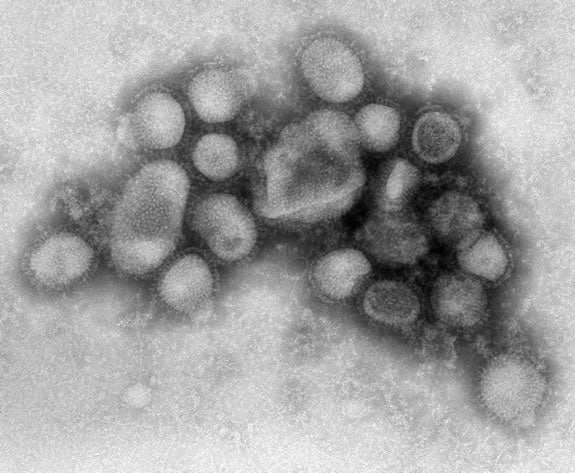
Each week CDC analyzes information about influenza disease activity in the United States and publishes findings of key flu indicators in a report called
FluView. During the week of August 9-15, 2009, a review of these key indictors found that influenza activity had decreased slightly in the United States from the previous week. However, there were still higher levels of influenza activity than is normal for this time of year. Below is a summary of the most recent key indicators:
- Visits to doctors for influenza-like illness (ILI) were highest in February during the 2008-09 flu season, but rose again in April 2009 after the new H1N1 virus emerged. Current visits to doctors for influenza-like illness are down from April, but are higher than what is expected in the summer.
- Total influenza hospitalization rates for adults and children remain low and are well below the seasonal winter-time average of the last four years.
- The proportion of deaths attributed to pneumonia and influenza (P&I) was low and within the bounds of what is expected in the summer.
- Most state health officials are reporting local or sporadic influenza activity. Two states are reporting widespread influenza activity at this time. Any reports of widespread influenza activity in August are very unusual.
- Almost all of the influenza viruses identified were the new 2009 H1N1 influenza A viruses. These 2009 H1N1 viruses remain similar to the viruses chosen for the 2009 H1N1 vaccine and remain susceptible to antiviral drugs (oseltamivir and zanamivir).
More on the Situation
 Each week CDC analyzes information about influenza disease activity in the United States and publishes findings of key flu indicators in a report called FluView. During the week of August 9-15, 2009, a review of these key indictors found that influenza activity had decreased slightly in the United States from the previous week. However, there were still higher levels of influenza activity than is normal for this time of year. Below is a summary of the most recent key indicators:
Each week CDC analyzes information about influenza disease activity in the United States and publishes findings of key flu indicators in a report called FluView. During the week of August 9-15, 2009, a review of these key indictors found that influenza activity had decreased slightly in the United States from the previous week. However, there were still higher levels of influenza activity than is normal for this time of year. Below is a summary of the most recent key indicators:
0 komentar:
Posting Komentar